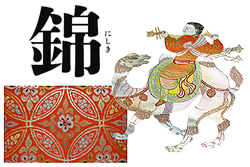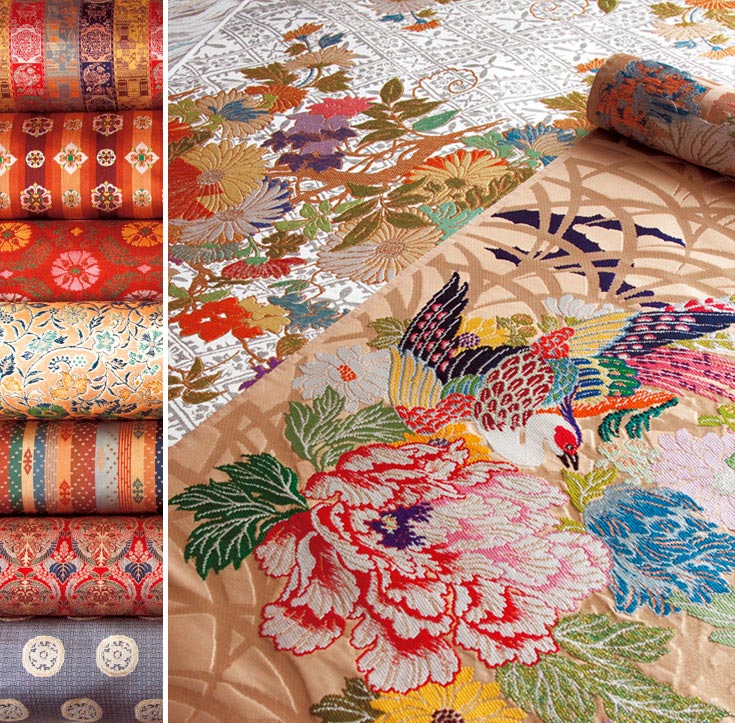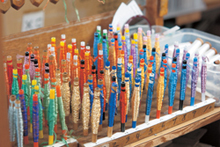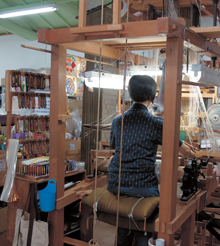niponica is a web magazine that introduces modern Japan to people all over the world.
2013 No.11

To read the e-book you need to have JavaScript enabled in your browser and a free Flash Player plug-in from Adobe Systems Inc. installed.
Japanese Fabrics Have Their Global Reputation Wrapped Up

Dyeing and Weaving
Japan's textile culture—Shaped by a rich array of techniques

Nishiki is woven from colorful thread to create fabric featuring a raised brocade pattern. Reflecting influences from West Asia and China, nishiki techniques have been refined in Japan over centuries and are still used today to make sashes, garments worn by Buddhist priests, and costumes worn in Noh and Kabuki plays.
Collaboration: Tatsumura Textile Co., Ltd. Photos by Takahashi Hitomi

Left: Gorgeous nishiki brocade fabric woven by Tatsumura Textile located in Nishijin (Kyoto), an area famous for producing textiles of extremely high quality. The company is also actively involved in reviving patterns that depict cultural treasures from the Nara Period (8th century).
Right: Medieval shohekiga (wall painting, right); flowers (back left) originally painted by Hon'ami Koetsu (1558-1637) are reproduced in magnificent obi crafted in silver and gold foil and colorful silk thread.
The shite (main role) in the Noh play Dojoji is costumed in a type of nishiki called karaori (worn here by Kanze Kiyokazu, 26th head of the Kanze School of Noh; photo by Hayashi Yoshikatsu).










